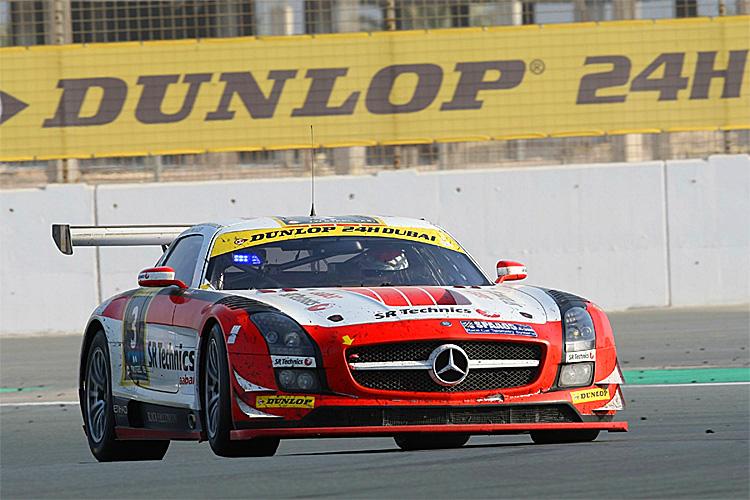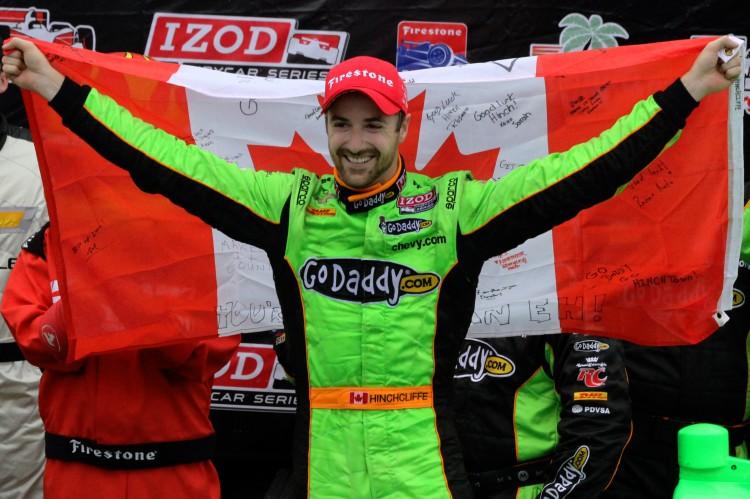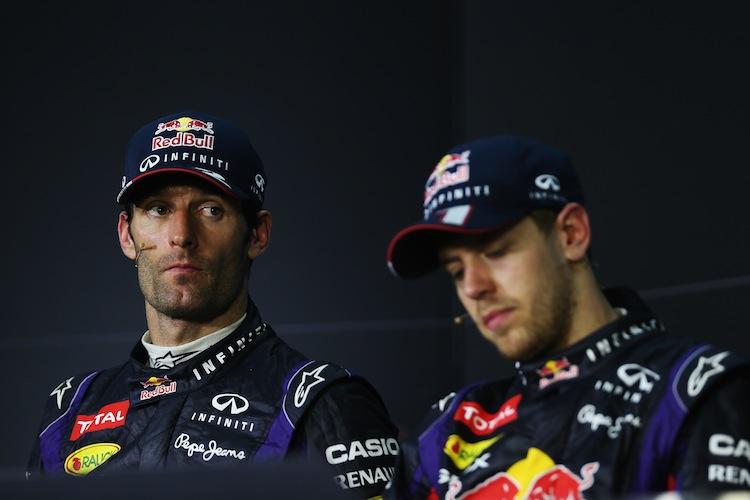The #3 Mercedes SLS AMG GT3 driven by Khaled Al Qubaisi, Sean Edwards, Jeroen Bleekemolen, and Thomas Jäger led a Mercedes podium sweep at the 2012 Dubai 24 Hours, setting a new distance record of 628 laps, 20 more than the old record.
The victory was the first 24-hour endurance race win for each of the drivers, and the first major endurance race victory for the Mercedes SLS AMG GT3.
Radio Le Mans spoke with the winning drivers after the race. Jeroen Bleekemolen said, ““It was such a hard race. With the regulations, not being able to pull away if we could, if we had the pace—It was really close right until the end. I am really pleased with what we’ve done—the guys worked very hard, very good pit stops, the drivers made no mistakes. It feels really good.”
“Awesome! Thanks to everyone on the whole team, all the drivers, the car, everyone performed flawlessly and got the victory,” said Sean Edwards. “I think it is the first for everyone in the car—their first overall victory in a 24-hour race. Amazing stuff!”
Thomas Jäger said, “We showed that the SLS AMG GT3 is very fast, reliable car. We have three cars on the podium, so it is a big success for AMG and all of us as a team, and for Black Falcon, so we are really happy.”
The winning drivers led 15 of the 24 hours, and the final seven hours, eventually finishing two laps ahead of the second-placed No. 6 Heico Motorsport Mercedes SLS AMG GT3, and another lap ahead of the No. 16 Heico Mercedes in third.






